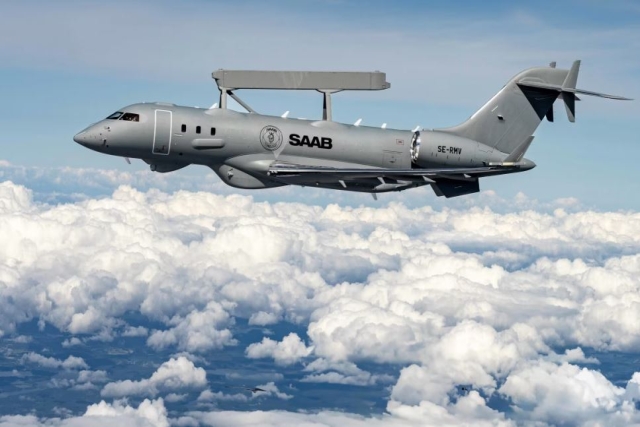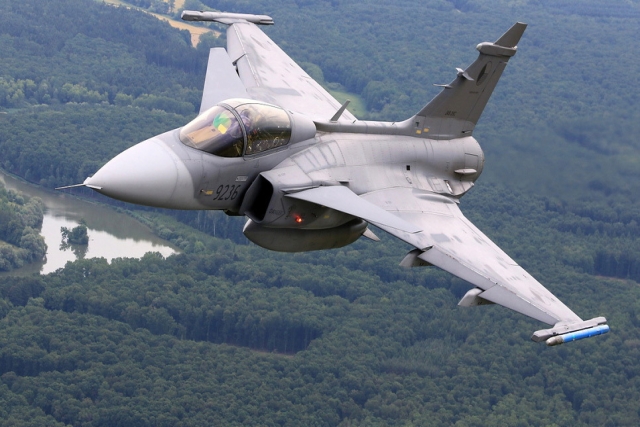U.S. DoD's $886B 2024 Budget Aimed at Strategic Competition with China

The Pentagon’s national defense budget pegged at $886.3 billion is "the most strategy aligned budget in history” and is aimed at “strategic competition with China," a top defense official has said.
The fiscal 2024 defense budget request is driven by the requirements of the National Defense Strategy (NDS). Biden’s budget request comes in at $886.3 billion, with $842 billion to Department of Defense (DOD) alone. This is a $26 billion increase over the fiscal 2023 enacted budget.
Deputy Defense Secretary Kathleen H. Hicks called the 2024 budget request "the most strategy aligned budget in history," and said, "nowhere is that alignment more pronounced than in the seriousness with which this budget treats strategic competition with the People's Republic of China."
"Our greatest measure of success — and the one we use around here most often — is to make sure the [Chinese] leadership wakes up every day, considers the risks of aggression and concludes 'today is not the day,'" she said.
This budget also sets the stage that Chinese leaders in 2027 or 2035 or in 2049 and beyond come to the same decision, Hicks said.
The Army's share of the budget is estimated at $185.3 billion, and the Navy's at $255.8 billion. The Air Force is pegged at $25.2 billion with Defense-wide funding at $141.7 billion.
Officials emphasized that the budget is built on the premise that China is the pacing threat, with Russia being an immediate threat and challenges from North Korea, Iran and terror groups also being considered.
Support to Ukraine is not a part of this budget. Officials said the situation and needs as Ukraine battles against Russia are too fluid. Aid to Ukraine will be handled via supplemental funding, a senior defense official said.
Hicks said the procurement budget is the largest ever at $170 billion. Navy Vice Adm. Sara A. Joyner, the Joint Staff's director for force structure, resources and assessment, broke this down. "We will invest over $61 billion to develop, modernize and procure lethal air power," she said. This includes 83 Joint Strike Fighters, 24 F-15EX, and 15 KC 46 tankers. This also includes funding for upgrades to F-22 fighters and money to begin production of the B-21 bomber.
The budget calls for $48.1 billion for sea power funds including one Columbia class submarine, two Virginia class submarines, two Arleigh Burke destroyers and two Constellation class frigates. "The fiscal 2024 request also incrementally funds Ford class nuclear aircraft carriers and future Columbia class ballistic submarines," she said.
There is also $13.9 billion for land power procurement of 80 amphibious combat vehicles for the Marine Corps, and 91 armored multipurpose vehicles for the Army. The budget also calls for nearly $1 billion in research and development funds for the optionally manned fighting vehicle, which is the replacement for the Bradley fighting vehicle, the admiral said.
Nuclear enterprise modernization continues under this budget. The budget request increases funding for modernization and recapitalization of all three legs of the nuclear triad. The budget contains $5.3 billion to continue development and procurement of the B-21 bomber, $6.2 billion to produce the second Columbia class ballistic submarine and money for advanced procurement funding for the Sentinel missile program to obtain long lead items for initial production launch.
The budget also contains $29.8 billion for missile defeat and defense program and $11 billion, "to deliver a mix of hypersonic and long-range subsonic missiles," Joyner said.
All the presenters said the Defense Budget Request contains the largest space budget in department history. The $33.3 billion request includes missile warning technology, money for GPS follow-on satellite support and $3 billion to fund 15 launch vehicles and launch-range upgrades.
The president can request this budget, but Congress authorizes the budget and appropriates the funds. "We ask Congress to support this budget, and we hope this support will include on-time, full-year appropriations for the U.S. government and our service members instead of defaulting to continuing resolutions," Hicks said.
She noted that since fiscal 2011, DOD has been under a continuing resolution for four years. This means four years' worth of delayed new program starts, delayed training, delayed permanent change of station moves and more. "That's four years lost over the last decade-plus to outcompete [China]," she said. "We cannot have one hand tied behind our back for 3,4,5 [or] 6 months of each year. And let me assure you more money cannot buy back this lost time."










